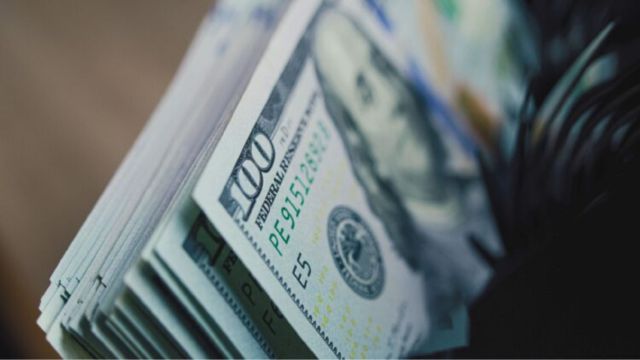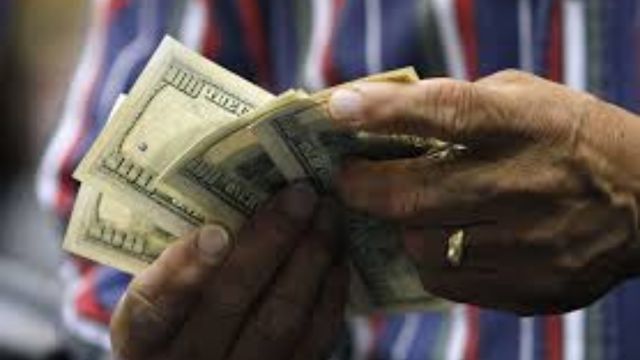Over the last few years, there has been talk about ultimately withdrawing the $100 bill from circulation. While this may appear to be an unexpected move for most, the truth is that changes in the way Americans use currency today raise certain concerns that deleting this law could potentially address.
With cash no longer reigning supreme and bank cards (both credit and debit) accounting for the vast majority of recorded transactions, it appears pointless to be concerned about a piece of paper that many believe is on its way out, but the reality is a little more complicated. Even while cash transactions have declined, they continue to account for a considerable fraction of all monetary exchanges, both in volume and quantity, and the $100 note represents a large component of that.
Reasons to remove the $100 bill
Regular people perceive the economy as a transparent collection of circumstances, while cash remains the dominant currency in the black market and underground economy. Professor Kenneth Rogoff of Harvard University provides one of the finest explanations for this reality, claiming that, while a major number of these currencies are located overseas, there is still enough in domestic circulation to fuel criminal activity. This incident demonstrates the nature of fiduciary paper money, which Rogoff calls a “crippling monetary policy.” This risk, combined with the fact that 60% of financial transactions in the United States are handled electronically, shows that cash use is declining.
While his theory may appear implausible, it is supported by several criminal behaviors. One such example is the ease with which the $100 bill may be counterfeited. North Korea, one of the most difficult governments to understand, began a criminal enterprise of counterfeiting $100 banknotes and utilizing them for both legitimate and illegal purposes, generating economic problems.
This currency has a high enough value to justify the risk, but it is of a low enough denomination to be used in regular transactions almost anywhere cash is accepted. In other countries where higher-denomination bills are in use, the likelihood of counterfeiting is smaller because they are not widely recognized in most institutions.
Another key consideration when looking at the $100 bill is the “denomination effect,” which is a cognitive bias that influences how customers spend their money. Professor Helen Colby of Indiana University discovered that students are less likely to spend a $100 bill than other lower-denomination currencies. This behavior demonstrates how high-denomination currencies are seen as more valuable, and thus less likely to be spent.
Finally, the durability of the $100 note, which can be in circulation for more than a decade, differs from lower-denomination bills, which wear out in less than two years. While this may not seem noteworthy, the Department of Treasury has backed efforts to remove damaged banknotes from circulation by urging financial institutions and businesses not to accept them as payment. This is an effort to combat counterfeit cash because damaged bills are more difficult to authenticate, yet good 100-dollar bill forgeries may remain in circulation for a long period before being removed from the market.
One potential solution offered is to reintroduce the 500-dollar bill into circulation, as it would have some of the protection techniques of the 100-dollar bill, as well as many of the hassles associated with using high-denomination bills while remaining legal tender. We’ll have to wait and see what the authorities decide on the problem.







